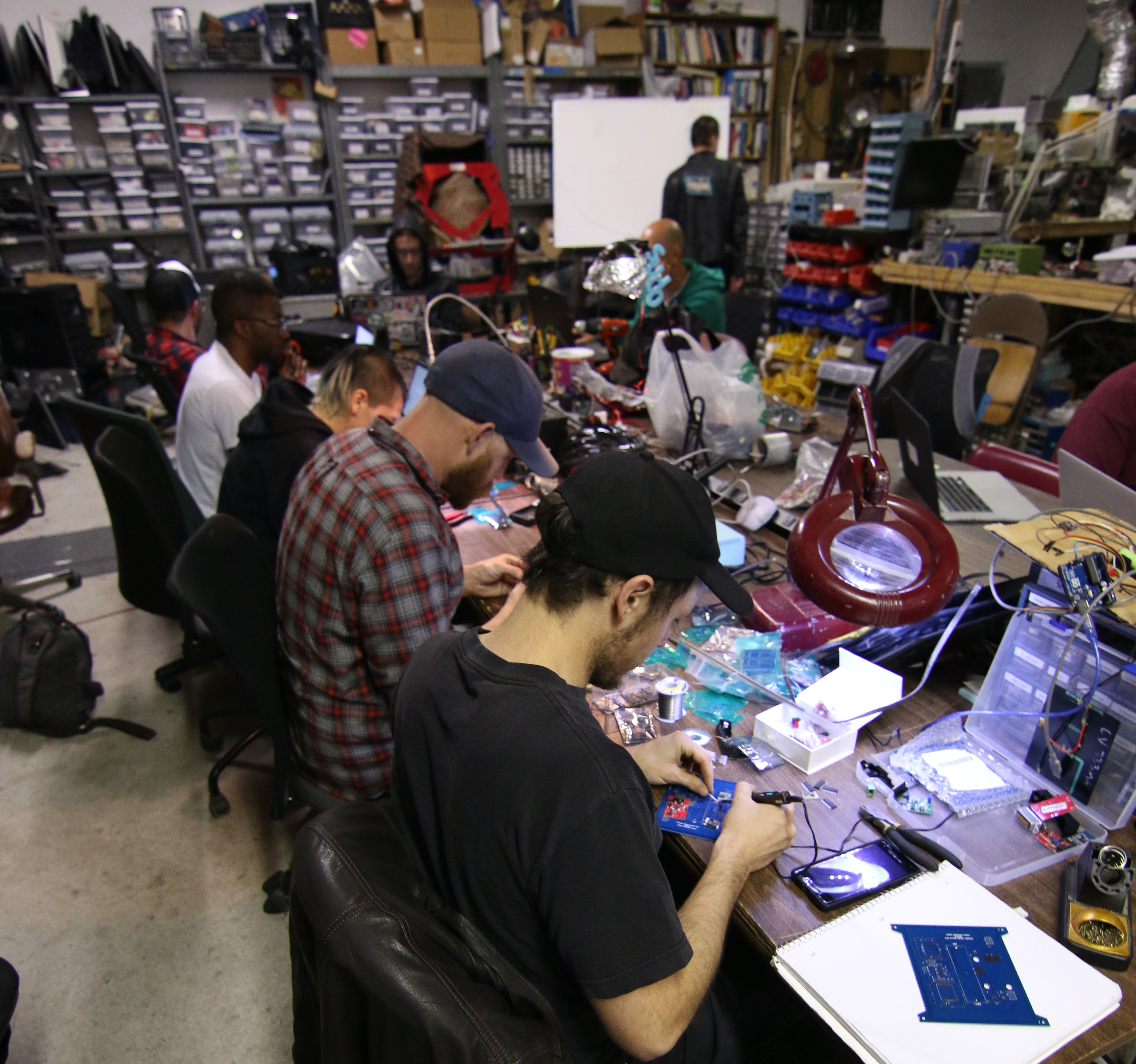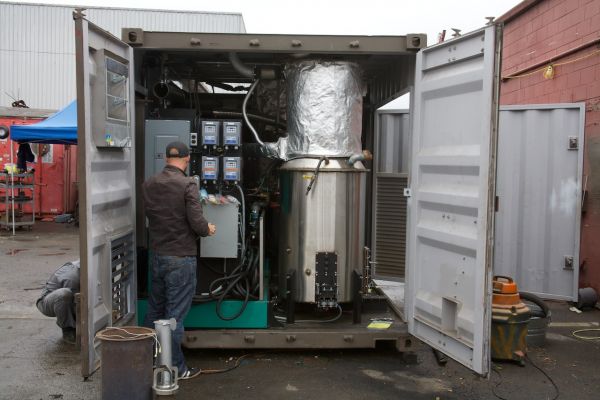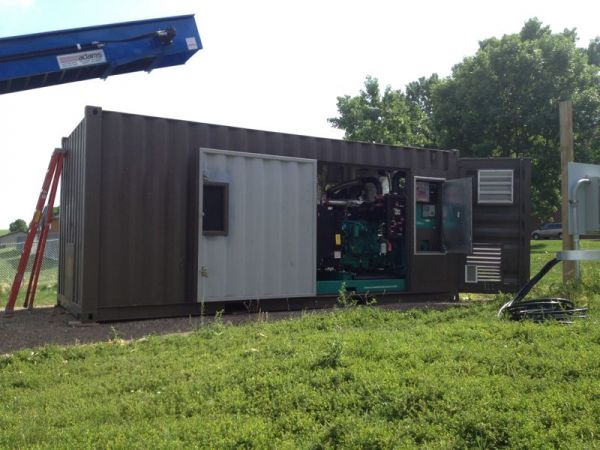Hardware Projects
Disaster.radio

Disaster.radio is a resilient communication network that runs on small microcontroller hardware that can be powered by the sun. Utilizing esp8266/esp32's for wifi and bluetooth communication to your existing hardware (laptops, cellphones, tablets) and LoRa for long range communication between devices we are able to create ad-hoc mesh networks that propagate your communications when the internet or cell towers are down.
I designed the first two Disaster.radio boards, in Kicad, under the tutalige of my friend Fitz. Fitz rapidly got interested in the project and has since taken over later board variants.
Similar devices are now quite commonly available from online retailers such as LilyGo. The disaster.radio team are working on a newer device with two seperate Lora radios, along with stand alone solar power management systems. I am still involved with the project, but more on the software side working on the mesh protocol.
Gasification

I've always been interested in sustainable alternative energy sources. While researching spirulina and algae oil, I came across Dr. Aaron Baum (algaelab). This lead me to All Power Labs which shared space at the Shipyard in Berkeley.
All Power Labs works in the field of gasification, or converting woody biomass (wood chips, corn cobs, walnut shells, etc.) into a natural gas subsitute known as syngas, producer's gas, or wood gas. This conversion process is done in a two stages: pyrolysis (breaking down large molecules with heat) and Reduction (Redox reactions where the hot charcoal pulls oxygen from molecules to product carbon monoxide). What is produced is mostly hydrogen gas, carbon monoxide and methane which can be used as fuel to run an internal combustion engine, like a generator.
At first I just donated my time, welding and machining parts for the first prototypes of the GEK gasifier. Later, when fully automated versions were being built I became an employee, creating the firmware that ran the Powerpallet and later Powertainer, along with some fabrication and testing when needed.
There are two automated models, the PowerPallet, which produces 10-20kW of power and fits on a 4'x4' pallet (seen above), so that it can be shipped to the waste stream, and the PowerTainer, which fit in a 20' shipping container (seen below).


Blacksmithing
Goldsmithing
Welding
CNC milling
LED Grow Lights
Walking Computer